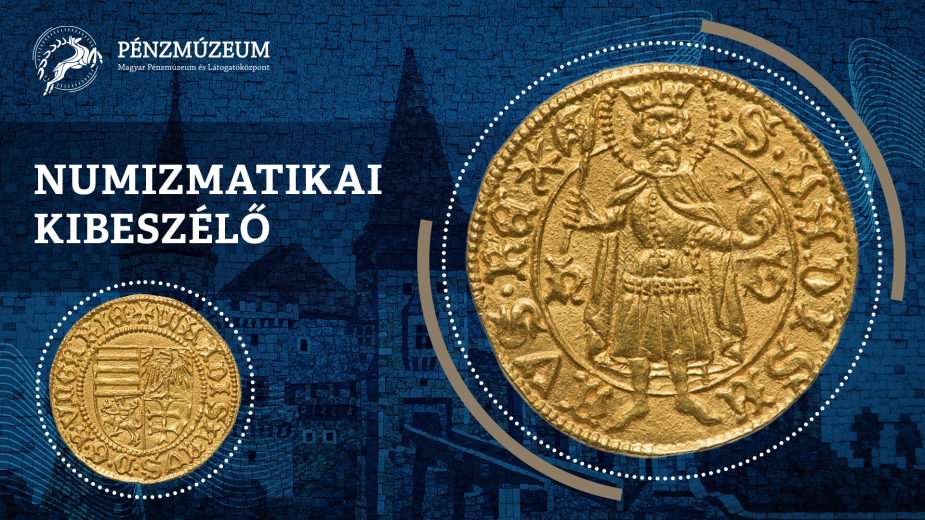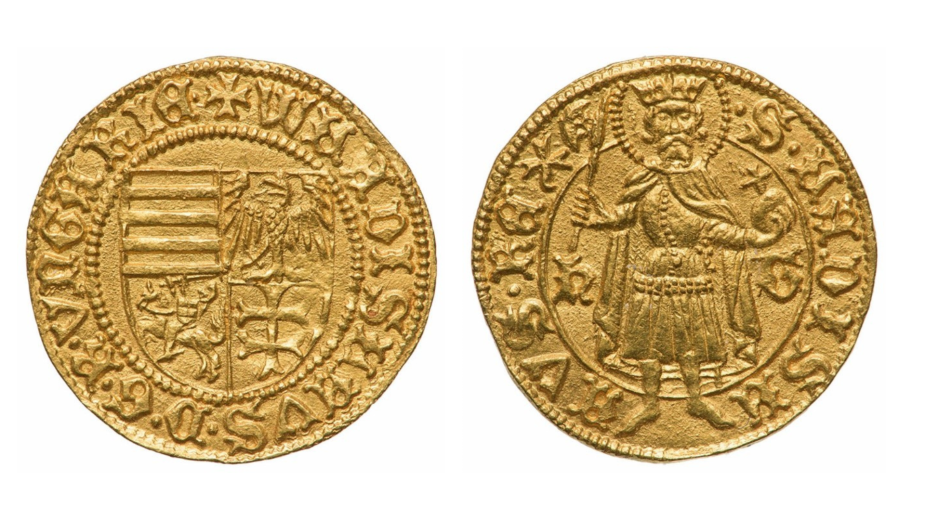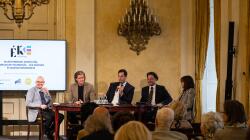
The Gold Forint of Poland’s Władysław III CNH II. 140
Following the accession of Władysław III to the throne, a personal union was established between Poland and Hungary, as reflected in the depiction on the gold forint of King Władysław III from the Jagiellonian dynasty of Lithuanian origin. On the obverse, the inscription still names the monarch: +WLADISLAVS . D . G . R. VnGARIE (Władysław, by the grace of God, King of Hungary). The coat of arms reflects the heraldic tradition of the Jagiellonian dynasty, showing the Hungarian stripes of Árpád and the double cross on the first and fourth fields of the quartered shield, and the Polish eagle and the Lithuanian horseman on the second and third fields. The reverse depicts King Saint Ladislaus, showing him as an older man, and the inscription identifies him as S. LADISLAVS AVS REX (King Saint Ladislaus). The depiction is unique in showing the sword hilt under his arm. This depiction is characteristic of the coins minted in Sibiu (Nagyszeben) and Baia Mare (Nagybánya), as evidenced by their recovery from Elizabeth Szilágyi, and is most likely attributed to her husband, John Hunyadi. The armorial bearings adorning the side of the holy king are understood by researchers as symbols of war, valour, and campaigns against the Turks. The reverse mintmark also references Sibiu and the chamberlain, Christopher of Florence, a trusted advisor to John Hunyadi.

Further news
All newsThank you for your kind understanding!
Roundtable discussion at the 2025 Exhibition of the Year awards ceremony and professional conference
The event was held on October 16 at the Ludovika Sports Hall.
Thank you for you kind understanding!
Thank you for your kind understanding!
Roundtable discussion at the 2025 Exhibition of the Year awards ceremony and professional conference
The event was held on October 16 at the Ludovika Sports Hall.
Thank you for you kind understanding!



